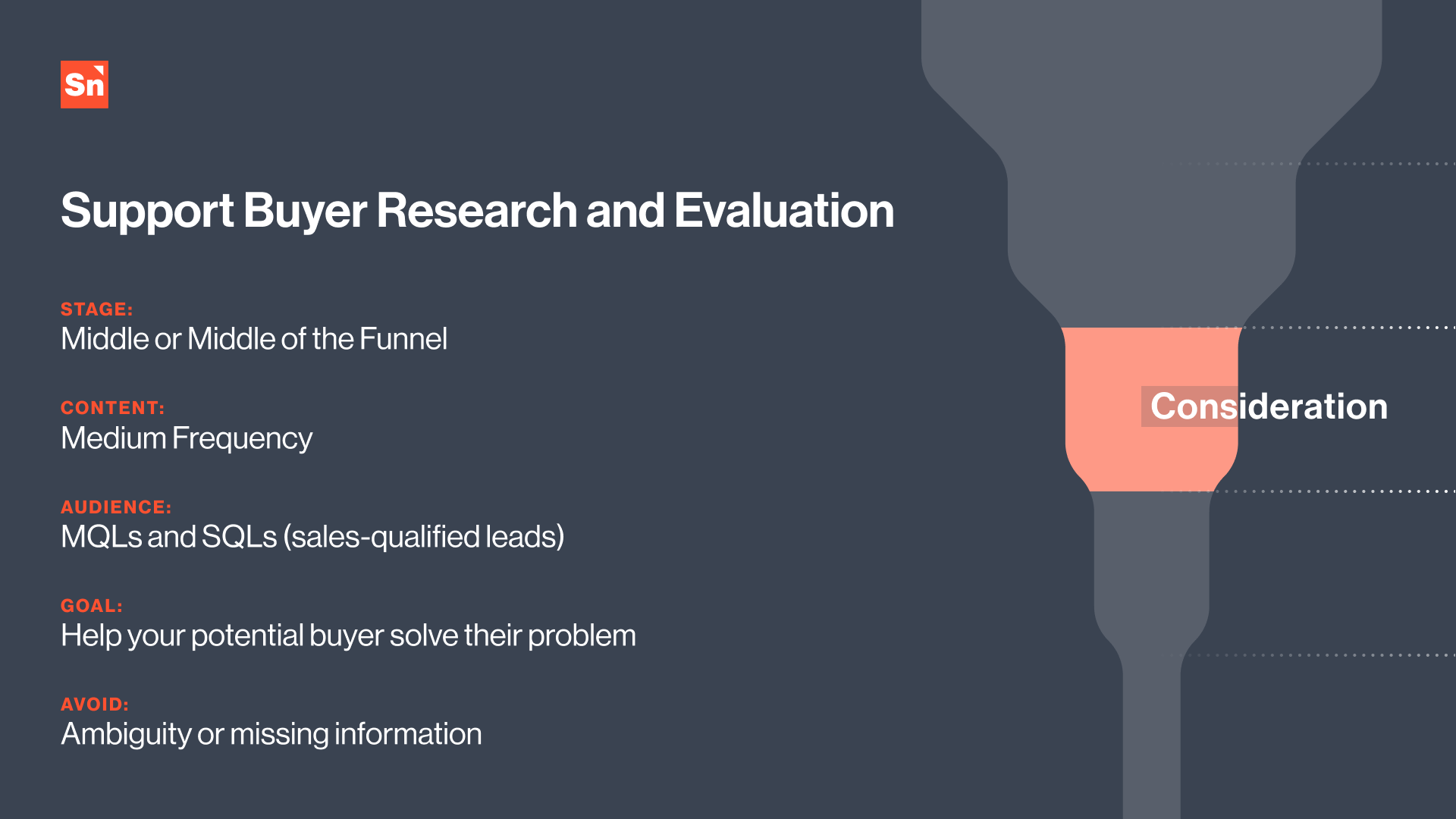Since we all love to overuse the word “value” so darn much in marketing, let’s take a moment for a little refresher on its actual meaning.
Value is the importance, worth, or usefulness of something. So, when we’re talking about providing value when marketing our solutions, it makes sense to get back to the basics…our value proposition.
A value prop definitively states why customers should purchase your solution. It also explains what makes your solution unique and why you’re the best choice on the market.
If you don’t have a clear value proposition, you won’t be able to clearly communicate your value in your content. Let’s bring back the meaning of the word value, shall we?
What is a Value Proposition?
A value proposition (VP) clearly states a solution’s unique value and how this will benefit customers.
Value propositions have a ton of synonymous terms:
- Unique selling proposition (USP)
- Unique value proposition (UVP)
- Value prop
- Value proposition statement
- Sales value proposition
- Product value proposition
- Value positioning
- Value statement
- Customer value proposition
- Brand value proposition
- Brand proposition
- Proposition of value
- Business value proposition
No matter which term you prefer, the goal is the same. Why should a customer choose your solution over another? Your value proposition needs to help answer that in a quick and concise manner.
Since this is an external messaging statement, it will be integrated into any content used to attract and engage with potential customers and retain and engage with existing customers.
Frequently, value propositions get mixed up with positioning statements, but they are different messaging tools. A positioning statement is not customer-facing and is only intended to guide the internal team in broadly understanding how their solution is different and better than competitors in the market.
What Are the 4 Elements of a Value Proposition?
Organizations that demonstrate how they are uniquely positioned to meet buyer needs will get noticed, and their competitors will be overlooked. To achieve that with your value proposition, it takes four key elements.
1. Offering
Your offering is the product or service that you provide for your customers. This is the “what” in your value proposition.
Since your offering is just another way of saying “your solution,” it should explain what problem it solves for your customers. If you have multiple products or services, you’ll need to figure out a way to bundle them into one offering. If you list too many things, you’ll lose them.
2. Audience
Your audience is your ideal customer who is most likely to purchase your solution. This is the “who” of your value proposition.
Your value proposition should be written in a way that resonates with your audience by speaking to the goals and challenges that they face. Like the offering, you want to get multiple buyer personas down to one audience. As an example, one of our clients groups their personas into a “data professionals” audience because they work with both technical teams and business users.
3. Value
Your value is the importance, worth, or usefulness of your solution (yes, this is our definition from earlier). This is the “why” in your value proposition.
Think about why your customer decides to go with your solution when they have so many other choices on the market. How is your solution changing your customer’s life for the better? Asking this hard-hitting question will help you get to the heart of your value prop.
4. Differentiator
The differentiator is your solution’s competitive edge. This is the “how” of your value proposition.
Differentiators focus on how your solution outshines similar solutions in the market. Buyers usually spend a decent amount of time in the mid-funnel “Consideration” stage before making their purchase decision. Differentiation is very often the tipping point.

With Value Propositions, Just Get to the Point
When your team understands why you’re the winning solution, they will be able to communicate that to help win buyers over. Think of your value proposition as an opportunity to build a connection by empathizing with your customers.
Get to the point and appeal to your customer’s most important needs. Demonstrate how your offering is stronger than the competition so they can make an easy purchasing decision. Be honest and forthright, so your customer trusts your organization and sticks around long afterward.
Don’t just use the word value. Say it like you mean it.